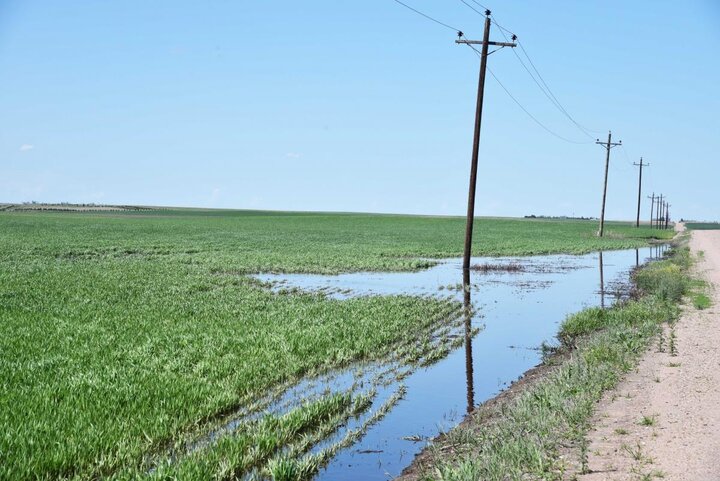Weather conditions continue to favor the development and progression of wheat diseases. Fusarium head blight (scab, Figure 1) has increased from trace levels the week of June 3 to moderate to high levels this week. On June 11 during a hard winter wheat breeders field day at Havelock Research Farm near Lincoln (Figure 2), susceptible lines in the breeding nursery had 100% incidence (percent of symptomatic heads) and over 70% severity (percent of spikelets bleached on a head). On June 13 moderate levels were observed in state variety trials at the Eastern Nebraska Research and Extension Center near Mead and at a field day (Figure 3) in Jefferson County.
Other diseases observed in southeast Nebraska this week were high levels of leaf rust and low to moderate levels of fungal leaf spots, powdery mildew, barley yellow dwarf, and bacterial streak and black chaff.


Management
Wheat in the eastern half of the state is mostly past flowering, which is the last growth stage when a fungicide can be applied. In western Nebraska, a fungicide application to protect the flag leaf from rusts and fungal leaf spots is recommended. In areas that received heavy rainfall before heading and into flowering, it is recommended that the fungicide application be timed at early flowering to suppress scab and at the same time control the foliar fungal diseases.

